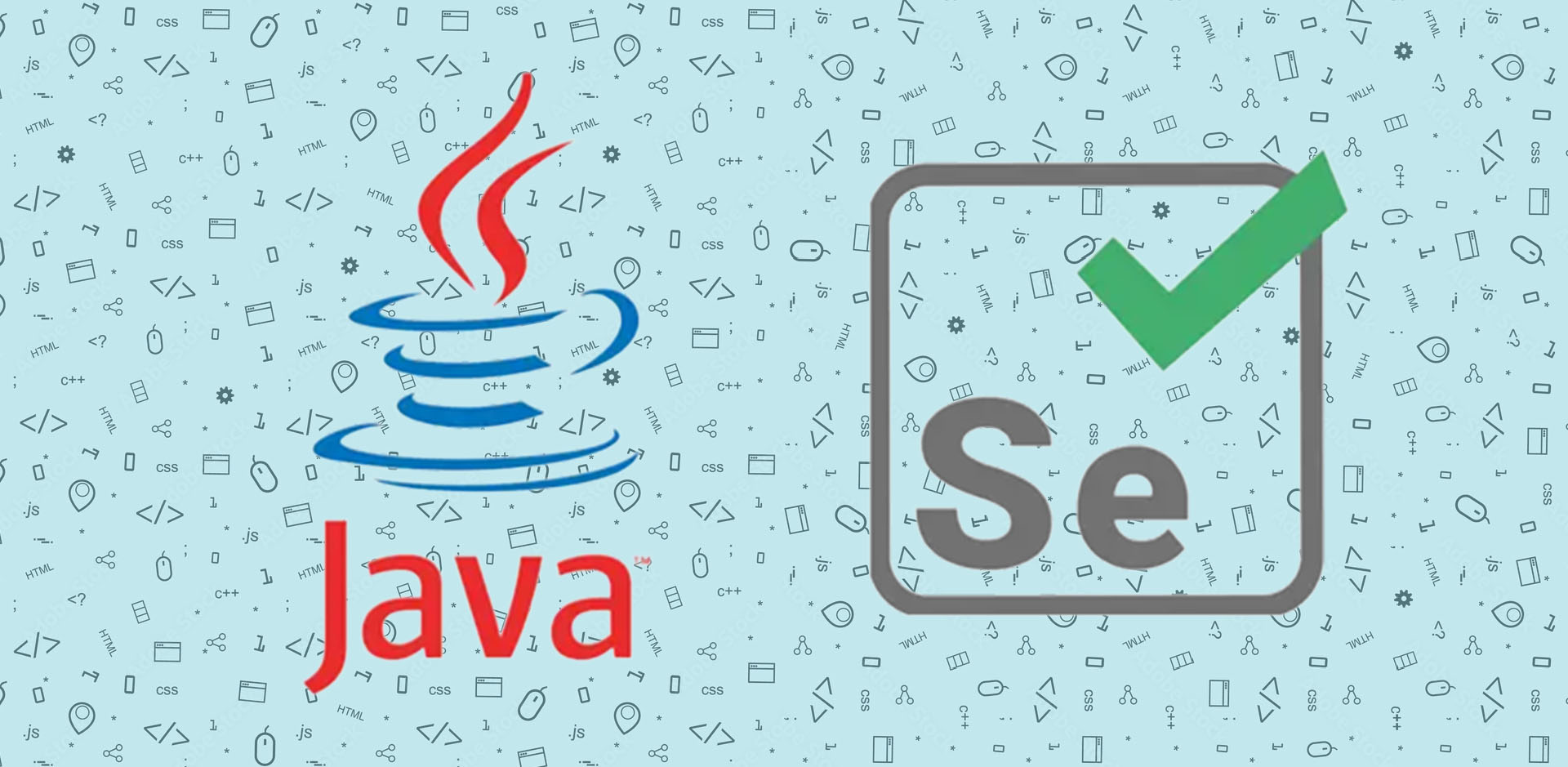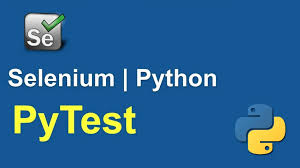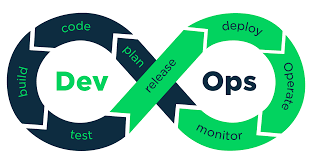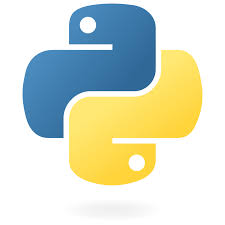Title: A Comprehensive Guide to Selenium Testing with Python
Introduction:
With the rapid advancement of technology and the increasing complexity of web applications, software testing has become an indispensable part of the software development life cycle. Selenium, an open-source web automation tool, has gained immense popularity due to its effectiveness in automating web browsers. In this blog post, we will explore the world of Selenium testing using Python and delve into its essential components and benefits.
Objection 1: Why Selenium for Testing?
Selenium offers a wide array of features and advantages that make it a preferred choice for web application testing. Firstly, it supports multiple programming languages, including Python, which allows testers to leverage the simplicity and versatility of Python in their testing activities. Secondly, Selenium offers seamless compatibility with various web browsers, making it easier to validate consistent functionality across different platforms. Lastly, Selenium provides an extensive suite of tools and functionalities, such as automated browser actions, robust element identification, and efficient test reporting capabilities, facilitating comprehensive and efficient web testing.
Objection 2: Getting Started with Selenium and Python:
To begin using Selenium with Python, it is essential to set up a development environment. Installing the Selenium WebDriver package using the Python package manager (pip) is the first step. Furthermore, installing the appropriate web driver, such as the ChromeDriver or GeckoDriver, ensures seamless interaction between your Python scripts and the web browser being used for testing. A solid understanding of Python programming fundamentals and the Selenium API is crucial for effectively writing automated tests.
Objection 3: Writing Selenium Tests in Python:
When writing Selenium tests using Python, it is important to follow best practices to ensure test reliability and maintainability. Leveraging Python's capabilities, testers can employ various frameworks, such as unittest or pytest, to organize and execute their test cases efficiently. In addition, using Page Object Models (POM), a design pattern in Selenium, helps maintain a modular and reusable test codebase. By encapsulating web page elements and their respective behaviors into separate classes, POM promotes code readability, enhances test maintenance, and reduces duplication.
Objection 4: Essential Selenium Techniques and Strategies:
In Selenium testing with Python, there are several fundamental techniques and strategies that can greatly enhance test effectiveness. Implicit and explicit waits enable testers to handle synchronization issues more efficiently and ensure dependable test execution. Additionally, taking advantage of locators, such as CSS selectors and XPath, enables accurate identification of web elements during automation. Furthermore, implementing data-driven testing, where multiple data sets are used to validate different scenarios, expands test coverage and rigorousness.
Objection 5: Selenium Test Automation Integration:
In a continuous integration and continuous delivery (CI/CD) environment, integrating Selenium test automation with other tools and frameworks becomes necessary. Python offers seamless integration with popular CI/CD tools like Jenkins or Bamboo, facilitating automated test execution on parallel environments. Moreover, utilizing reporting frameworks, such as Allure or ExtentReports, allows testers to generate comprehensive test reports, including rich visuals and detailed logs, improving test insights and collaboration.
Conclusion:
In conclusion, Selenium testing with Python presents an efficient and robust approach to automating web application testing. By leveraging the power of Python and Selenium, testers can write reliable and maintainable test cases, employing essential techniques and strategies for improved test coverage. With the integration of other tools and frameworks, Selenium tests become an integral part of the CI/CD pipeline, ensuring continuous quality assurance throughout the software development process. So, if you seek seamless web testing automation, look no further than Selenium and Python.









